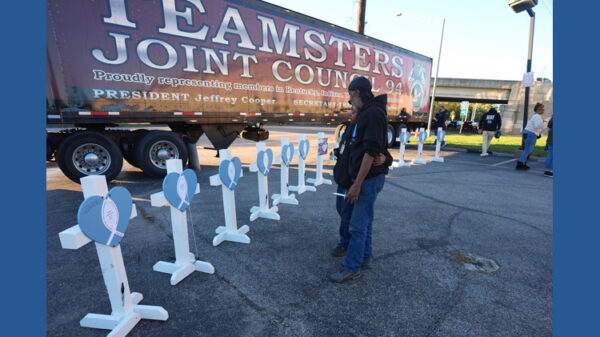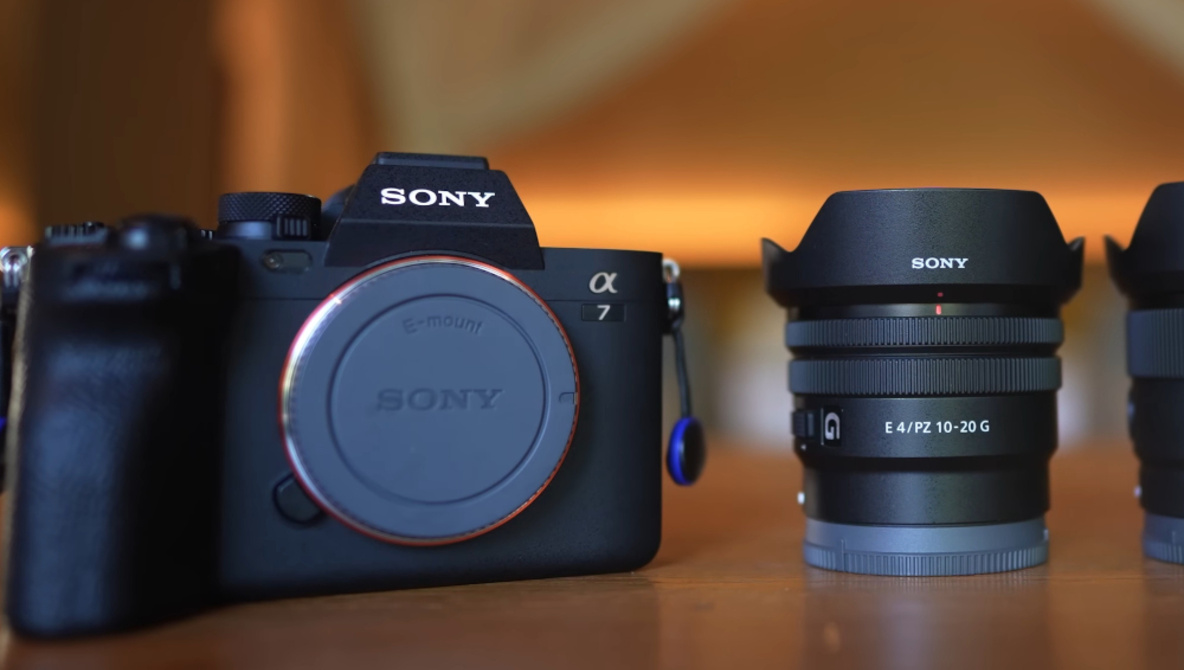The integration of APS-C lenses with full frame mirrorless cameras has sparked debate among photographers regarding image quality. Traditionally viewed as a mismatch, this combination may actually offer practical benefits depending on the user’s needs. The complexities of this pairing are explored in a recent video by Vong, revealing that the advantages can sometimes outweigh the disadvantages.
One significant comparison highlighted in the video involves an APS-C zoom lens versus its full frame counterpart. For instance, the APS-C lens is approximately a quarter of the weight, size, and cost compared to the full frame option. While there are compromises, the value of opting for lighter and more affordable equipment is compelling, particularly for those prioritizing mobility.
Understanding Sensor Dynamics and Crop Modes
Sony’s APS-C Super 35 mode enhances the feasibility of using these lenses. This feature crops into the sensor, effectively mitigating the heavy vignetting typically experienced with smaller lens image circles. Vong clarifies a common point of confusion regarding field of view and sensor size. For instance, attaching a 50mm lens to an APS-C body results in a 75mm equivalent. The same principle applies when utilizing an APS-C lens on a full frame camera in crop mode, maintaining the same field of view calculations.
While this cropping does result in a reduction of megapixels in still photography, the actual impact varies significantly depending on the camera model. On a camera like the Sony a7 III, which boasts a 24 MP sensor, switching to APS-C mode drops the resolution to around 10 MP. This limitation may be frustrating for some users. In contrast, a camera with a 61 MP sensor retains approximately 26 MP files in APS-C mode, a resolution comparable to dedicated APS-C bodies, making the trade-off more manageable.
Video Applications and Practical Advantages
The situation shifts when considering video recording. Unlike still images, 4K video does not necessitate a large sensor readout. With a 4K frame requiring only about 8.3 MP, switching to APS-C mode does not lead to a loss in resolution. In fact, in certain cameras, this cropping can enhance sharpness, as the smaller crop provides a cleaner oversampled image. Consequently, APS-C lenses become a favored choice for video creators who prioritize portability, especially in dynamic situations such as gimbal work where size and weight are critical.
Notably, some cameras, including specific models from Sony, impose a crop when recording at 4K 60p. In these cases, using APS-C lenses can actually restore wide angle options, offering greater versatility rather than limitations.
For those interested in a deeper understanding, Vong’s video provides comprehensive insights into the practical applications and nuances of using APS-C lenses on full frame cameras. The discussion not only demystifies common concerns but also presents a case for the strategic advantages this combination can offer.
Alex Cooke, a photographer and meteorologist based in Cleveland, brings a unique perspective to the conversation, blending his expertise with a passion for teaching and outdoor activities. His insights, along with Vong’s analysis, contribute to a broader understanding of how photographers can maximize their gear choices effectively.





































































